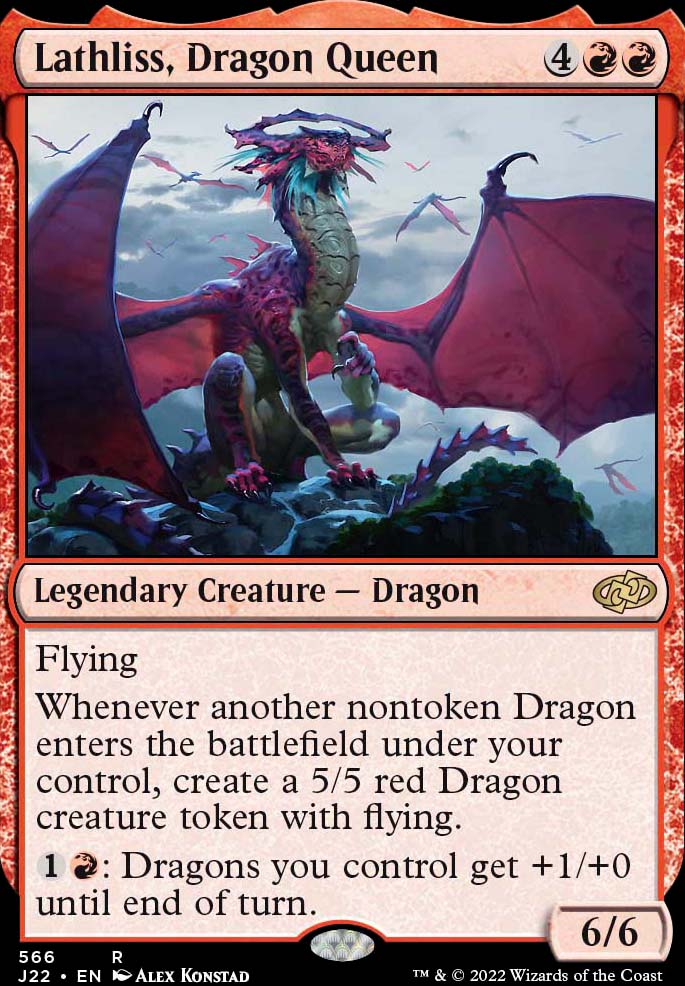BR (14)
- 1x Angrath, Captain of Chaos
- 1x Blazing Torch
- 1x Bloodfell Caves
- 1x Brazen Freebooter
- 1x Chainer, Nightmare Adept
- 1x Dire Fleet Hoarder
- 1x Dire Fleet Warmonger
- 1x Fanatical Firebrand
- 1x Foreboding Ruins
- 1x Heartless Pillage
- 1x Makeshift Munitions
- 1x Malevolent Whispers
- 1x March of the Drowned
- 1x Pitiless Plunderer
GW (14)
- 1x Ajani's Pridemate
- 1x Ajani, the Greathearted
- 1x Armory of Iroas
- 1x Basri's Acolyte
- 1x Blossoming Sands
- 1x Conclave Mentor
- 1x Fortified Village
- 1x Hamza, Guardian of Arashin
- 1x Inspiring Roar
- 1x Iridescent Hornbeetle
- 1x Pridemalkin
- 1x Prowling Felidar
- 1x Sabertooth Mauler
- 1x Thrive
UB (14)
- 1x Azra Smokeshaper
- 1x Choked Estuary
- 1x Devourer of Memory
- 1x Dismal Backwater
- 1x Fallen Shinobi
- 1x Ghostform
- 1x Ingenious Infiltrator
- 1x Moonblade Shinobi
- 1x Okiba-Gang Shinobi
- 1x Open Into Wonder
- 1x Phantom Ninja
- 1x Skullsnatcher
- 1x Throatseeker
- 1x Whispersilk Cloak
WU (14)
- 1x Aerial Assault
- 1x Aviation Pioneer
- 1x Dovin, Hand of Control
- 1x Expedition Raptor
- 1x Flickerwisp
- 1x Gust of Wind
- 1x Kor Skyfisher
- 1x Mulldrifter
- 1x Port Town
- 1x Skycat Sovereign
- 1x Teferi's Time Twist
- 1x Tranquil Cove
- 1x Watcher of the Spheres
- 1x Whirlermaker
U (12)
BW (14)
- 1x Adanto Vanguard
- 1x Driver of the Dead
- 1x Hierophant's Chalice
- 1x Indulging Patrician
- 1x Martyr of Dusk
- 1x Paladin of the Bloodstained
- 1x Regal Bloodlord
- 1x Ritual of Rejuvenation
- 1x Scoured Barrens
- 1x Severed Strands
- 1x Shineshadow Snarl
- 1x Silversmote Ghoul
- 1x Sorin, Vengeful Bloodlord
- 1x Vampire Neonate
RG (14)
- 1x Frilled Deathspitter
- 1x Game Trail
- 1x Hunt the Weak
- 1x Meteorite
- 1x Overgrown Armasaur
- 1x Pyroceratops
- 1x Quartzwood Crasher
- 1x Raging Regisaur
- 1x Raptor Hatchling
- 1x Rugged Highlands
- 1x Samut, Tyrant Smasher
- 1x Thrashing Brontodon
- 1x Tilonalli's Crown
- 1x Urban Daggertooth
UG (14)
- 1x Arixmethes, Slumbering Isle
- 1x Cultivate
- 1x Explorer's Scope
- 1x Frilled Sea Serpent
- 1x Into the Roil
- 1x Kiora, Behemoth Beckoner
- 1x Rampant Growth
- 1x Sakura-Tribe Elder
- 1x Siren Lookout
- 1x Tatyova, Benthic Druid
- 1x Thornwood Falls
- 1x Tishana's Wayfinder
- 1x Tolarian Kraken
- 1x Vineglimmer Snarl
B (12)
- 1x Call to the Netherworld
- 1x Crow of Dark Tidings
- 1x Cryptbreaker
- 1x Gisa's Bidding
- 1x Grave Scrabbler
- 1x Gutless Ghoul
- 1x Ichor Slick
- 1x Liliana, Dreadhorde General
- 1x Maalfeld Twins
- 1x Murderous Compulsion
- 1x Scaretiller
- 1x Young Necromancer
R (12)
GB (14)
- 1x Carnage Altar
- 1x Deathbloom Thallid
- 1x Fungal Infection
- 1x Fungal Rebirth
- 1x Jungle Hollow
- 1x Mazirek, Kraul Death Priest
- 1x Necroblossom Snarl
- 1x Saproling Migration
- 1x Slimefoot, the Stowaway
- 1x Sporemound
- 1x Thallid Omnivore
- 1x Thallid Soothsayer
- 1x Tukatongue Thallid
- 1x Vraska, Swarm's Eminence
RU (14)
- 1x Built to Smash
- 1x Etherium Spinner
- 1x Firemind's Research
- 1x Frostboil Snarl
- 1x Revolutionist
- 1x Rootha, Mercurial Artist
- 1x Saheeli, Sublime Artificer
- 1x Servo Schematic
- 1x Storm-Kiln Artist
- 1x Swiftwater Cliffs
- 1x Thoughtcast
- 1x Vodalian Arcanist
- 1x Welding Sparks
- 1x Whirler Rogue
WR (14)
- 1x Akiri, Fearless Voyager
- 1x Ancestral Blade
- 1x Colossus Hammer
- 1x Furycalm Snarl
- 1x Goblin Gaveleer
- 1x Ironclad Slayer
- 1x Kazuul's Toll Collector
- 1x Koll, the Forgemaster
- 1x Kor Blademaster
- 1x Nahiri, Storm of Stone
- 1x Resolute Strike
- 1x Scavenged Blade
- 1x Toggo, Goblin Weaponsmith
- 1x Wind-Scarred Crag
G (12)
- 1x Broken Wings
- 1x Elder Gargaroth
- 1x Elderleaf Mentor
- 1x Elven Bow
- 1x Leaf Gilder
- 1x Llanowar Elves
- 1x Pounce
- 1x Silhana Wayfinder
- 1x Spidersilk Net
- 1x Springbloom Druid
- 1x Vivien, Champion of the Wilds
- 1x Wildheart Invoker
W (12)
Suggestions
Updates Add
Comments
Attention! Complete Comment Tutorial! This annoying message will go away once you do!
Important! Formatting tips — Comment Tutorial — markdown syntax
Please login to comment
| Date added | 3 years |
| Last updated | 2 years |
| Legality | This deck is Casual legal. |
| Rarity (main - side) | 5 - 0 Mythic Rares 24 - 0 Rares 59 - 0 Uncommons 102 - 0 Commons |
| Cards | 200 |
| Avg. CMC | 3.11 |
| Tokens | Angel 4/4 W w/ Vigilance, Angel Warrior 4/4 W w/ Vigilance, Assassin 1/1 B w/ Planeswalker Deathtouch, Bat 1/1 B, Beast 3/3 G, Cat Bird 1/1 W, Dinosaur 3/3 G w/ Trample, Dinosaur Beast X/X G, Dragon 2/2 R, Dragon 4/4 R, Elemental 1/1 R, Elf Warrior 1/1 G, Emblem Serra the Benevolent, Goblin 1/1 R, Goblin Wizard 1/1 R, Illusion 1/1 U w/ Flying, Insect 1/1 G, Rock, Saproling 1/1 G, Servo 1/1 C, Soldier 1/1 W, Thopter 1/1 C, Treasure, Vampire 1/1 W, Wizard 2/2 U, Zombie 2/2 B, Zombie Army 0/0 B |
| Votes | |
| Ignored suggestions | |
| Shared with | |
| Views |

